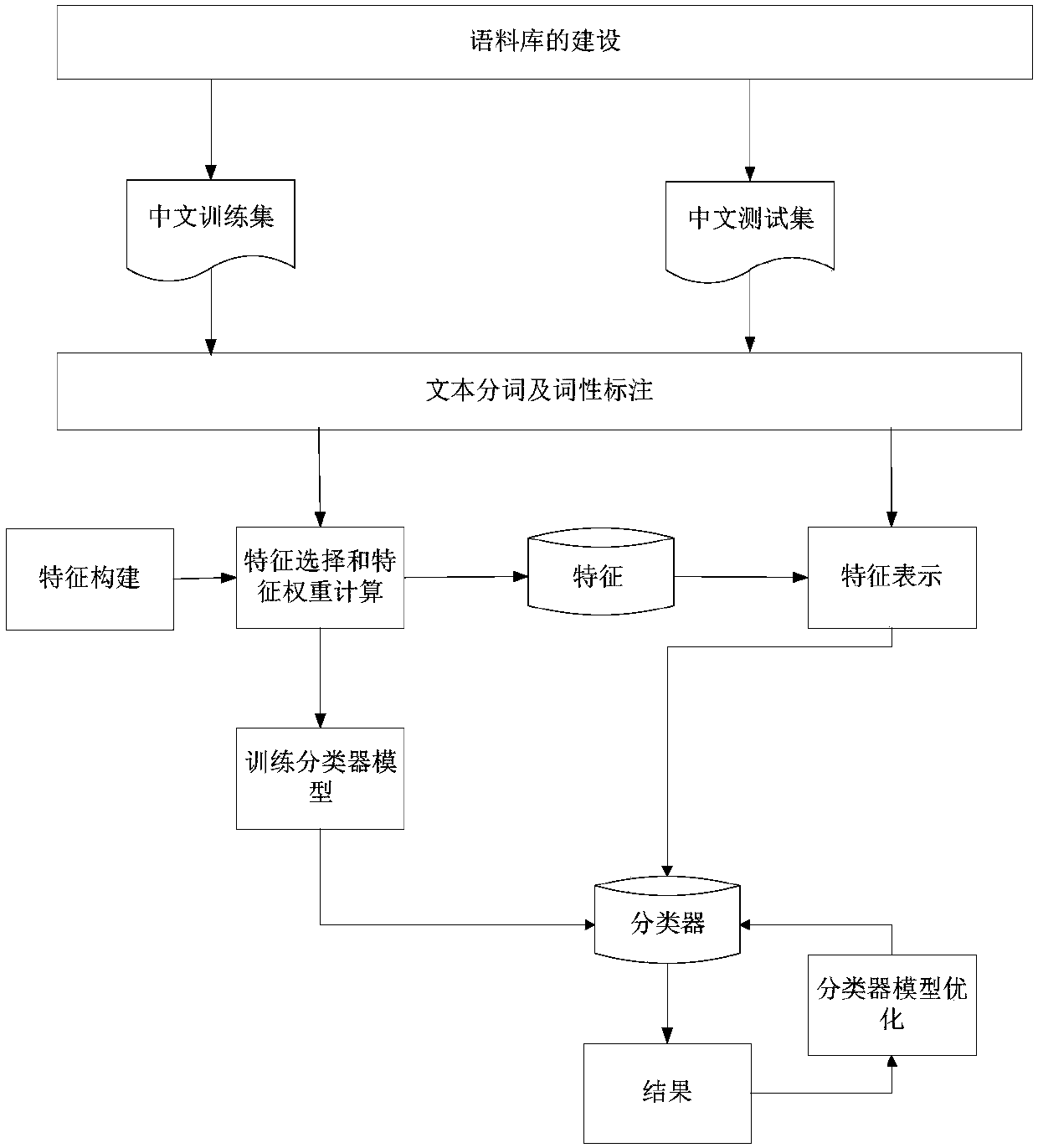Cross-linguistic plagiarism detection method based on multiple features
A detection method and cross-language technology, which is applied in natural language translation, natural language data processing, special data processing applications, etc., can solve the problems of classification algorithm training complexity, easy over-fitting, etc., to reduce the scope of plagiarism detection, The effect of improving the level of scientific research and avoiding the inaccurate problem of disambiguation
- Summary
- Abstract
- Description
- Claims
- Application Information
AI Technical Summary
Problems solved by technology
Method used
Image
Examples
Embodiment Construction
[0036] For cross-language plagiarism, we should first determine whether there is cross-language plagiarism in an article, find out the articles with cross-language plagiarism, and then determine which passages or parts of the article have cross-language plagiarism. Aiming at the above problems, the present invention mainly discovers and selects effective translation features from Chinese articles with cross-language plagiarism, gives different feature weights, constructs a classification model with cross-language plagiarism, and can classify given Chinese articles , to detect which of the Chinese articles may have plagiarism, and which of the articles does not have plagiarism.
[0037] The present invention aims to solve the problem of cross-language plagiarism by constructing a multi-feature-based cross-language plagiarism detection technology based on multiple features mined from translations. The present invention first analyzes and summarizes the research status of sin...
PUM
 Login to View More
Login to View More Abstract
Description
Claims
Application Information
 Login to View More
Login to View More - R&D
- Intellectual Property
- Life Sciences
- Materials
- Tech Scout
- Unparalleled Data Quality
- Higher Quality Content
- 60% Fewer Hallucinations
Browse by: Latest US Patents, China's latest patents, Technical Efficacy Thesaurus, Application Domain, Technology Topic, Popular Technical Reports.
© 2025 PatSnap. All rights reserved.Legal|Privacy policy|Modern Slavery Act Transparency Statement|Sitemap|About US| Contact US: help@patsnap.com



